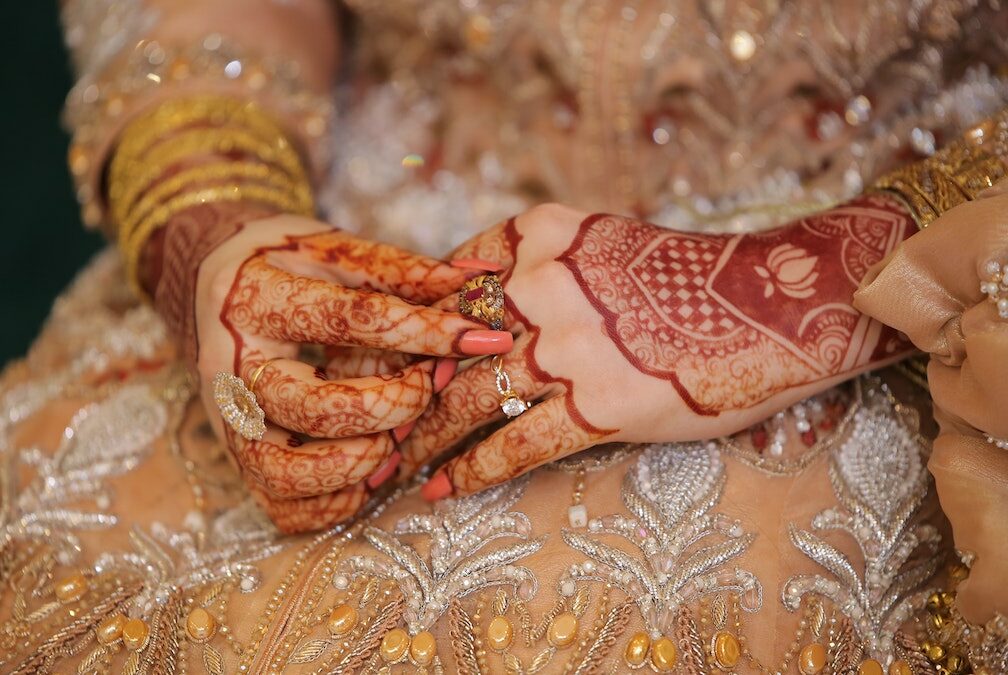By Cara Barilla, Educational Columnist and Journalist
Throughout history, rings have played a significant role in various cultures worldwide. They serve as symbols of love, power, status, and cultural identity. The fascinating world of cultural and ancient rings is based on the unique traditions and powers of Aztec rings, Egyptian rings, and other ancient civilizations.
1. Aztec Rings: The Aztec civilization, known for its rich history and intricate artistry, had a deep appreciation for jewellery, especially rings. Aztec rings were often made from materials such as gold, silver, and jade, reflecting their reverence for these precious materials. They featured elaborate designs, including symbolic motifs like animals, gods, and geometric patterns. These rings were worn by both men and women and represented various aspects of Aztec life, such as religious beliefs, social status, and tribal affiliations.
2. Egyptian Rings: The ancient Egyptians were renowned for their mastery of art and stories within jewellery. Rings held great significance in Egyptian culture, representing eternity and the cycle of life. They were commonly made from materials such as gold, silver, and precious gemstones. Egyptian rings featured intricate engravings and symbolic designs inspired by deities, animals, and hieroglyphics. One notable ring style was the scarab ring, which featured a scarab beetle motif symbolizing rebirth and protection.
3. Ancient Roman Rings: The Romans were avid jewellery enthusiasts, and rings held immense cultural and social importance. Roman rings were crafted from a variety of materials, including gold, silver, bronze, and glass. They often incorporated gemstones such as sapphires, emeralds, and pearls. Roman rings showcased intricate designs, with engraved portraits, mythological scenes, and geometric patterns. Signet rings were particularly popular, featuring personalized engravings used as a mark of authority, ownership, and authentication of documents.
4. Viking Rings: The Vikings, famed for their seafaring expeditions and warrior culture, had their distinct ring traditions. Viking rings were primarily made from silver and featured intricate knotwork, animal motifs, and symbols of strength and protection, such as Thor’s hammer (Mjolnir). These rings were often worn by both men and women and were believed to have talismanic properties, offering protection and good fortune in battle and daily life.
5. Chinese Rings: Chinese culture has a long history of symbolism and intricate craftsmanship, which extends to their traditional rings. Chinese rings were typically made from materials such as gold, silver, and jade. They featured auspicious symbols such as dragons, phoenixes, and Chinese characters representing prosperity, longevity, and good luck. These rings were often given as gifts during significant life events, including weddings and birthdays.
6. Indian Rings: India’s rich cultural heritage is reflected in its diverse styles of rings. Indian rings encompass a wide range of designs, materials, and handmade techniques. From intricate gold filigree work in Rajasthan to temple-inspired designs in South India, Indian rings showcase regional influences and religious symbolism. Gemstones, such as diamonds, rubies, and emeralds, are often incorporated, adding vibrancy and significance to these ornate creations.
The world of cultural and ancient rings is a testament to the rich history and artistic traditions of civilizations worldwide. From the elaborate Aztec rings to the symbolic Egyptian, Roman, Viking, Chinese, and Indian rings, each culture has left its unique imprint on this timeless accessory. Exploring these traditions not only deepens our understanding of different cultures but also allows us to appreciate the artistry and symbolism behind these exquisite pieces of jewellery that have transcended time.






